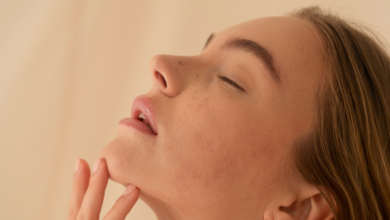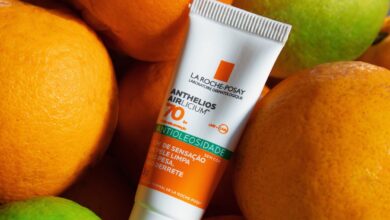
Exfoliation is a crucial step in any skincare routine, as it allows you to effectively remove dead skin cells, revealing a fresh and radiant complexion. In this article, you will discover the importance of exfoliation, the different methods to consider, and the necessary precautions to take to ensure a safe and gentle experience. Whether you are new to exfoliation or seeking to enhance your current routine, this article will provide you with the knowledge and guidance to achieve smooth and rejuvenated skin.
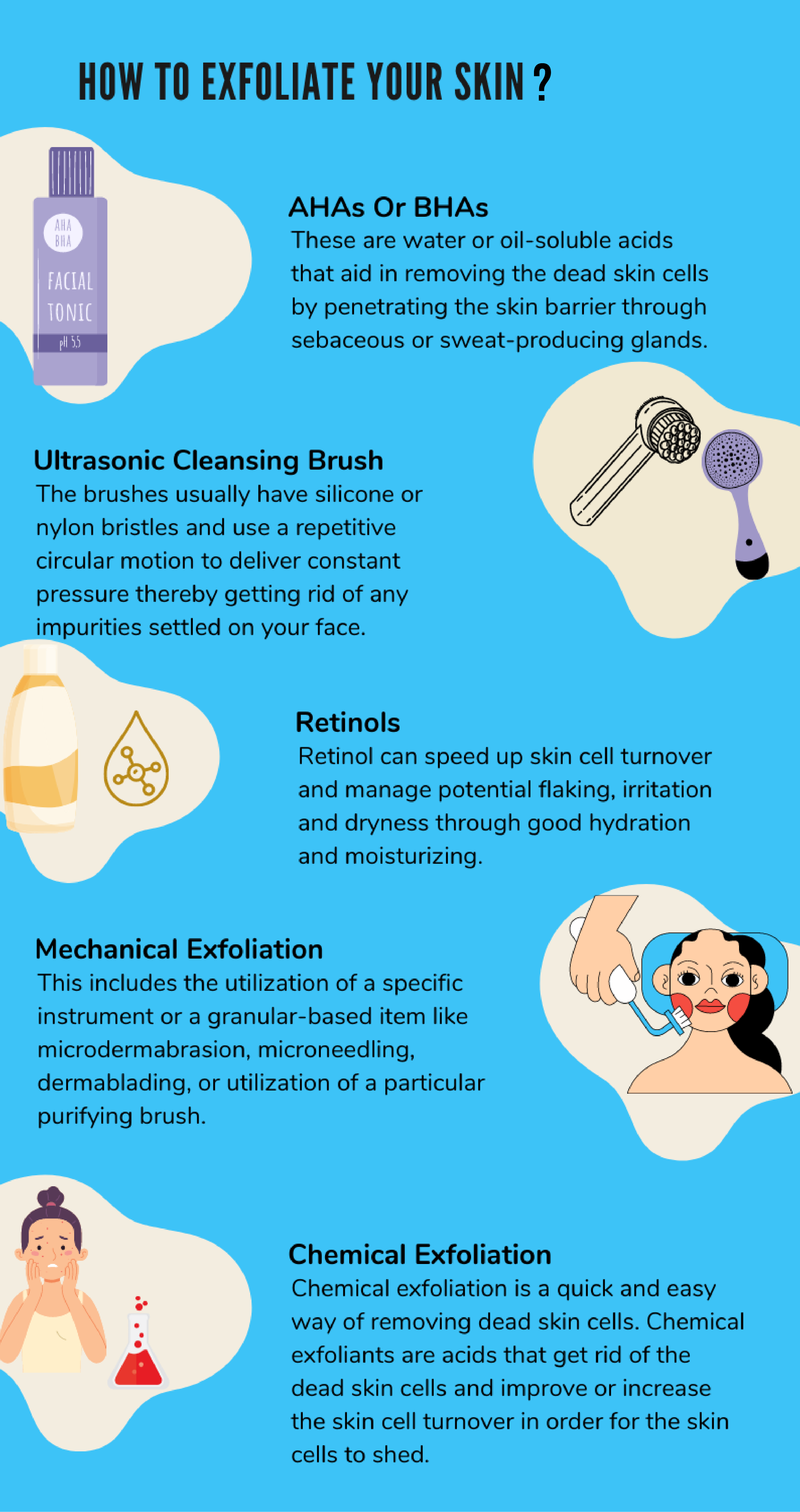
Benefits of Exfoliation
Exfoliation is a crucial step in any skincare routine, and it offers numerous benefits for your skin. When dead skin cells accumulate on the surface of your skin, it can lead to a dull complexion and clogged pores. Regular exfoliation helps eliminate these dead skin cells, resulting in improved skin texture and a radiant glow.
Improved skin texture
Exfoliation helps to smoothen the texture of your skin by sloughing off dead skin cells. When you remove these dead cells, it reveals the fresh, healthy skin underneath. This can lead to a more even skin tone and a smoother complexion.
Enhanced skin tone
Exfoliation can greatly improve the overall tone of your skin. By removing dead skin cells and stimulating cell turnover, it can help to fade dark spots, hyperpigmentation, and acne scars. Over time, this can result in a more even skin tone and a brighter complexion.
Reduction of acne and breakouts
Regular exfoliation can be highly beneficial for individuals with acne-prone skin. By removing the build-up of dead skin cells and unclogging pores, exfoliation can help prevent acne breakouts. Additionally, it can also minimize the appearance of existing acne scars.
Stimulation of collagen production
Collagen is a protein that gives our skin its structure and elasticity. As we age, collagen production naturally declines, leading to the formation of fine lines and wrinkles. Regular exfoliation can help stimulate collagen production, resulting in firmer, younger-looking skin.
Different Methods of Exfoliation
There are two main methods of exfoliation: physical exfoliation and chemical exfoliation. Each method utilizes different techniques and ingredients to achieve the same goal of removing dead skin cells and revealing fresh, healthy skin.
Physical exfoliation
Physical exfoliation involves physically scrubbing the skin to remove dead cells. This can be done using various tools and products such as manual scrubs, exfoliating brushes, washcloths, and loofahs. Physical exfoliation provides immediate results and is easy to incorporate into your skincare routine.
Chemical exfoliation
Chemical exfoliation, on the other hand, involves the use of chemical substances to dissolve dead skin cells. This method utilizes acids or enzymes to gently exfoliate the skin. Chemical exfoliation is often recommended for individuals with sensitive skin or those who prefer a gentler approach to exfoliation.
Physical Exfoliation Techniques
Physical exfoliation techniques involve the use of tools and products that manually scrub the skin to remove dead skin cells. Here are some common physical exfoliation techniques:
Manual scrubs
Manual scrubs are granular products that contain small particles, such as sugar or salt, which help to physically exfoliate the skin. These scrubs can be gently massaged onto damp skin in circular motions to remove dead cells and leave the skin feeling smooth and refreshed.
Exfoliating brushes
Exfoliating brushes are handheld devices with bristles or silicone bristles designed to deeply cleanse and exfoliate the skin. These brushes can be used in combination with a cleanser or exfoliating product to effectively remove dead skin cells and unclog pores.
Washcloths and loofahs
Washcloths and loofahs are common household items that can also be used for physical exfoliation. By gently rubbing these textured materials against the skin, dead skin cells can be sloughed off, revealing softer, smoother skin.
Chemical Exfoliation Techniques
Chemical exfoliation techniques involve the use of acids or enzymes to dissolve dead skin cells. Here are some common chemical exfoliation techniques:
Alpha hydroxy acids (AHAs)
Alpha hydroxy acids, often referred to as AHAs, are derived from fruit acids and are known for their exfoliating properties. Common AHAs include glycolic acid, lactic acid, and mandelic acid. These acids work by breaking down the bonds between dead skin cells, allowing them to be easily shed from the skin’s surface.
Beta hydroxy acids (BHAs)
Beta hydroxy acids, or BHAs, are oil-soluble acids that penetrate deep into the pores. The most common BHA is salicylic acid, which is highly effective in unclogging pores and treating acne. BHAs work by exfoliating the inside of the pores, reducing inflammation, and preventing future breakouts.
Enzymes
Enzymes are another type of chemical exfoliant commonly used in skincare products. Papain, derived from papaya, and bromelain, derived from pineapple, are two commonly used enzymes in skincare. Enzymes work by breaking down the proteins in dead skin cells, allowing them to be easily washed away.
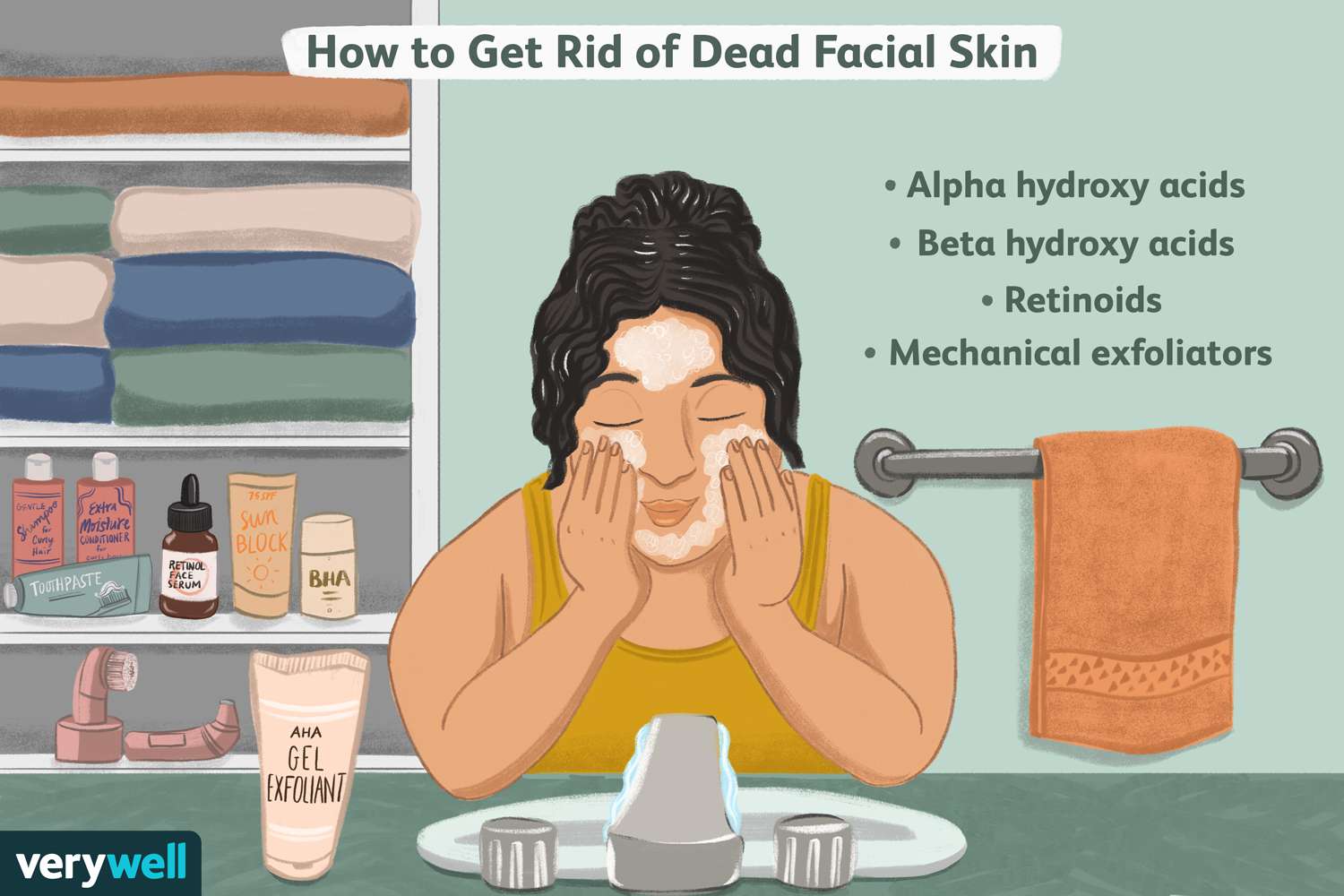
Understanding Skin Types and Sensitivities
Before incorporating exfoliation into your skincare routine, it’s crucial to understand your skin type and sensitivities. Different skin types require different approaches to exfoliation to ensure optimal results and minimize the risk of irritation. Here are some considerations for different skin types:
Dry and sensitive skin
If you have dry and sensitive skin, it’s important to choose gentle exfoliation methods and products. Avoid harsh physical exfoliants and opt for mild chemical exfoliants with a low concentration of acids. Patch testing new products is also recommended to avoid potential allergic reactions or skin irritations.
Oily and acne-prone skin
Individuals with oily and acne-prone skin can benefit from regular exfoliation to unclog pores and prevent breakouts. Chemical exfoliants with salicylic acid can be particularly effective in controlling excess oil production and reducing acne. However, be cautious not to over-exfoliate, as it can lead to skin irritation and dryness.
Combination skin
Combination skin requires a balanced approach to exfoliation. Focus on exfoliating the oily areas of the face, such as the T-zone, while being more gentle on the drier areas. Finding the right exfoliation frequency and product is key to maintaining a balanced complexion.
Choosing the Right Exfoliator
When choosing an exfoliator, there are several factors to consider to ensure you select the right product for your skin. Here are some tips to help you make an informed decision:
Consider your skin type
As discussed earlier, different skin types have different exfoliation needs. Take into account your skin type, sensitivities, and concerns when choosing an exfoliator. Look for products specifically formulated for your skin type, whether it’s for dry, oily, or combination skin.
Assess the level of exfoliation needed
Some individuals may require a more intense exfoliation, while others may benefit from a gentler approach. Consider the level of exfoliation needed for your skin. If you’re new to exfoliation or have sensitive skin, start with a mild exfoliant and gradually increase the intensity as your skin adjusts.
Read ingredient labels
When selecting an exfoliator, read the ingredient labels to ensure it contains beneficial ingredients for your skin type. Look for ingredients like AHAs, BHAs, or enzymes, depending on your preference and skin concerns. Avoid products with harsh chemicals or fragrances that can potentially irritate the skin.
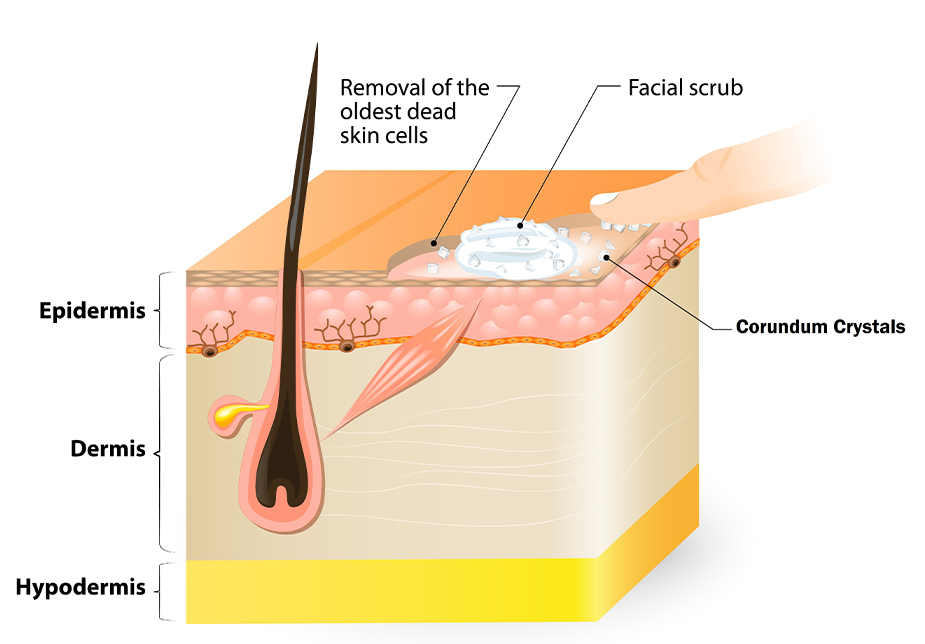
Preparing Your Skin for Exfoliation
Properly preparing your skin before exfoliation is essential to maximize its benefits and minimize the risk of irritation. Follow these steps to ensure your skin is ready for exfoliation:
Cleanse your skin
Start by thoroughly cleansing your skin to remove any dirt, oil, or makeup. A clean canvas ensures that the exfoliator can work effectively without any barriers. Use a gentle cleanser suited for your skin type and rinse with lukewarm water.
Steam your face (optional)
Steaming your face before exfoliation can help to open up pores and soften the skin, making it easier for dead skin cells to be removed. Fill a bowl with hot water, place a towel over your head, and hold your face over the steam for a few minutes. Be careful not to get too close to avoid burning your skin.
Avoid using exfoliators on irritated areas
If you have any active breakouts, sunburn, or sensitive areas on your skin, avoid using exfoliators on those areas. Exfoliating irritated or compromised skin can further aggravate the condition and cause more harm than good. Focus on exfoliating the unaffected areas and give the irritated skin time to heal.
Exfoliation Frequency
The frequency of exfoliation depends on your skin type, the type of exfoliator used, and your skin’s reaction to the exfoliation. Here are some general guidelines for exfoliation frequency:
Daily exfoliation
Daily exfoliation is generally not recommended for most individuals, as it can be too abrasive and lead to skin irritation. However, some people with oily or acne-prone skin may benefit from using a mild exfoliant once a day to control oiliness and prevent breakouts. It’s important to listen to your skin and adjust the frequency based on its needs.
Weekly exfoliation
Weekly exfoliation is a common frequency for most individuals. This allows enough time for the skin to regenerate and recover between exfoliation sessions. It’s a good starting point for beginners and individuals with normal to combination skin. However, if you have sensitive skin, you may need to reduce the frequency to every other week or less.
Monthly exfoliation
Monthly exfoliation is suitable for individuals with extremely sensitive or dry skin. This minimalistic approach ensures that the skin is not over-exfoliated or stripped of its natural oils. It can also be beneficial for those with mature skin, as it allows time for the skin to repair and regenerate itself.
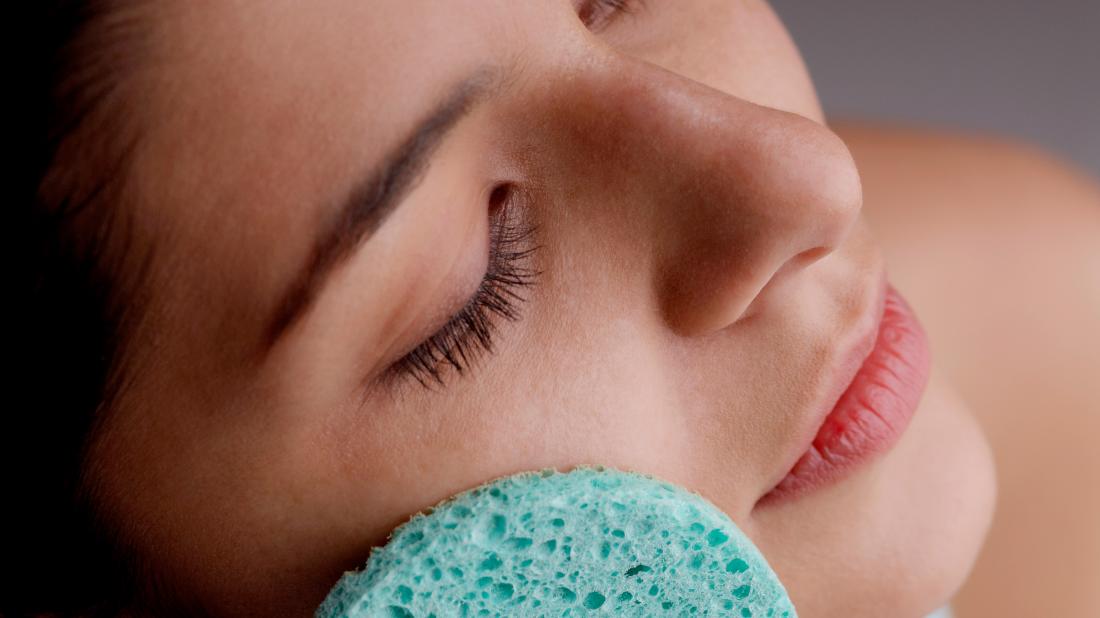
Step-by-Step Guide to Exfoliation
Following a step-by-step guide can help you achieve optimal results from exfoliation. Here is a comprehensive guide to keep in mind for a successful exfoliation session:
Wet your skin
Start by wetting your skin with lukewarm water. This helps to soften the skin and prepare it for exfoliation.
Apply the exfoliator
Take a small amount of your chosen exfoliator and apply it to your skin. It’s important to follow the instructions provided by the manufacturer for the specific product you are using. Gently massage the exfoliator onto your skin, focusing on areas that require more attention, such as the forehead, nose, and chin.
Massage in circular motions
Using light pressure, massage the exfoliator into your skin using circular motions. Be cautious not to scrub too hard, as this can cause irritation. Focus on covering all areas of your face, including the delicate skin around your eyes and mouth.
Rinse off thoroughly
Once you have completed the massage, thoroughly rinse off the exfoliator with lukewarm water. Ensure that all traces of the exfoliator are removed from your skin to prevent any potential irritation or residue.
Moisturize
After exfoliation, it’s crucial to replenish and hydrate your skin. Apply a moisturizer suited for your skin type to lock in moisture and soothe the skin. This step helps restore the skin’s natural barrier and promotes healthy skin regeneration.
Post-Exfoliation Skincare
After exfoliation, it’s important to follow specific skincare practices to maintain the health and integrity of your skin. Here are some tips for post-exfoliation skincare:
Apply sun protection
Exfoliation can make your skin more susceptible to UV damage, so it’s crucial to apply sunscreen or use products with built-in SPF after exfoliation. This helps protect your skin from harmful UV rays and prevents further damage.
Avoid harsh products
After exfoliation, it’s advisable to avoid using harsh or abrasive products that can potentially irritate your skin. Opt for gentle cleansers, toners, and moisturizers to support the skin’s healing process and maintain its balance.
Listen to your skin
Every individual’s skin is unique, so it’s important to listen to your own skin and adjust your skincare routine accordingly. If you experience any excessive dryness, redness, or irritation after exfoliation, consider reducing the frequency or intensity of your exfoliation sessions. Pay attention to what your skin needs and make appropriate changes to achieve optimal results.
In conclusion, exfoliation is a vital step in achieving healthy, glowing skin. By understanding the different methods of exfoliation, considering your skin type, and following a proper exfoliation routine, you can experience the numerous benefits it offers. Remember to be gentle, stay consistent, and always listen to your skin to achieve the best results.
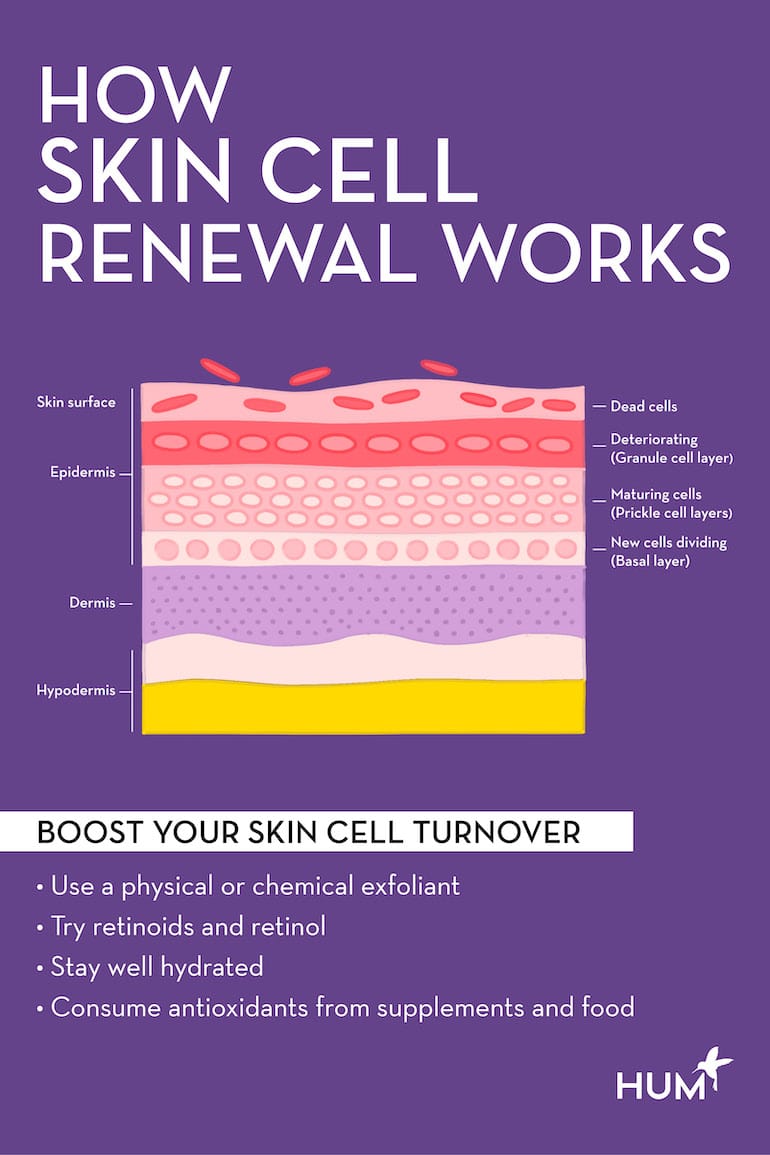
Neutrogena Fresh & Clear Exfoliator Review(Opens in a new browser tab)


